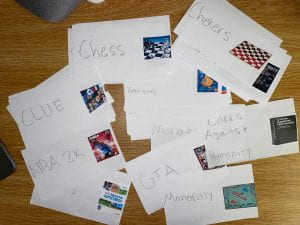This game takes you back through the day in the life of high school. Go through your daily routine in the morning as well as attending class each day. Play the game here before reading the rest:
https://nickconnorss.itch.io/artwork-4
This artgame is designed with the specific purpose of raising awareness about the realities and commonalities of school shootings in America. In chapters 2 and 3 of Works of Game, written by John Sharp, the author discusses the difference between ‘Game Art’ and ‘Artgames’ and how each one expresses something different. My game falls under the category of an artgame because it focuses on crafting an experience that delves deep into life’s metaphysical aspects, exploring themes of ethics and the human condition, which is how Sharp describes artgames to be. The design of this game is deeply personal, rooted in a personal experience with a school shooting incident at Saugus High School. By integrating this personal narrative, my game transcends traditional game mechanics and becomes a platform for players to engage with and understand the emotional and psychological impacts of a tragedy like this. This is in line with the essence of Artgames, where the gameplay and objectives should be intertwined with the artist’s vision. The goal of this artgame is to spread awareness and show that something as tragic as this can happen in a split of a second, affecting the lives of everyone around. Rest in peace Gracie and Dominic, you will be cherished in our hearts forever.


